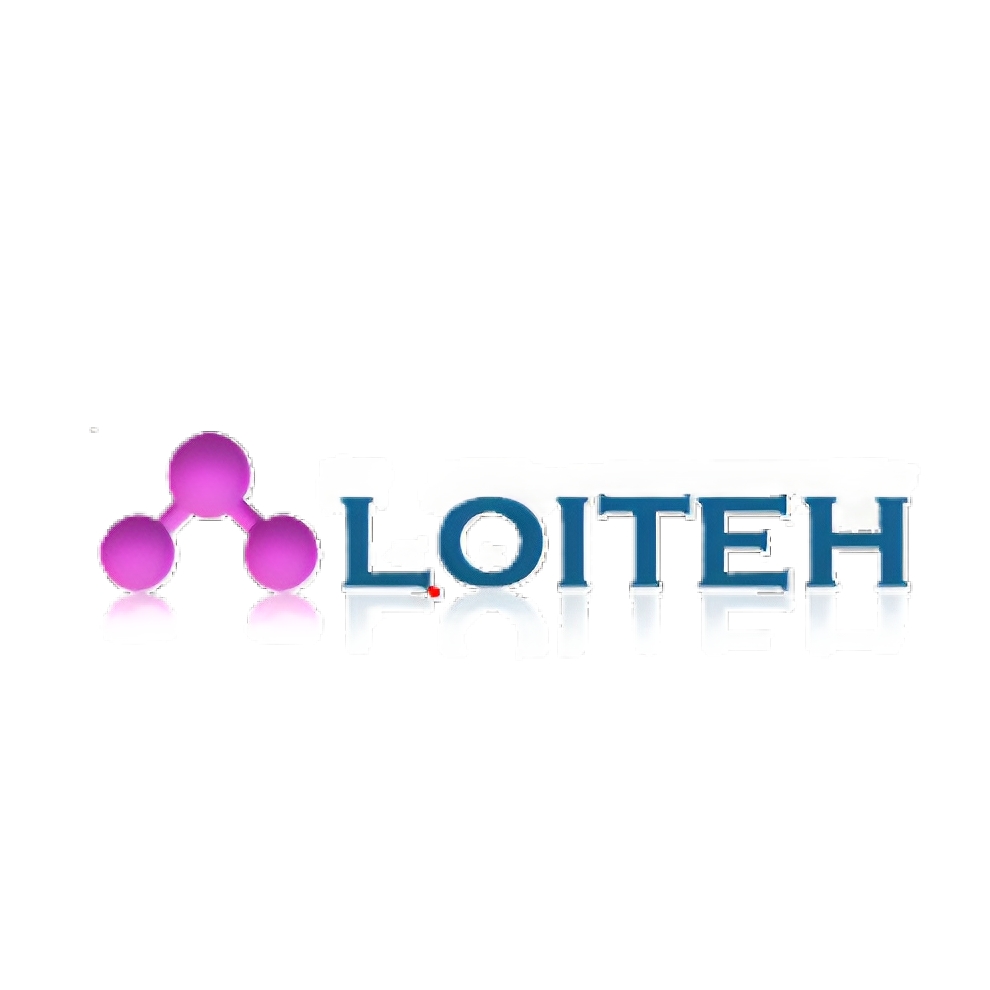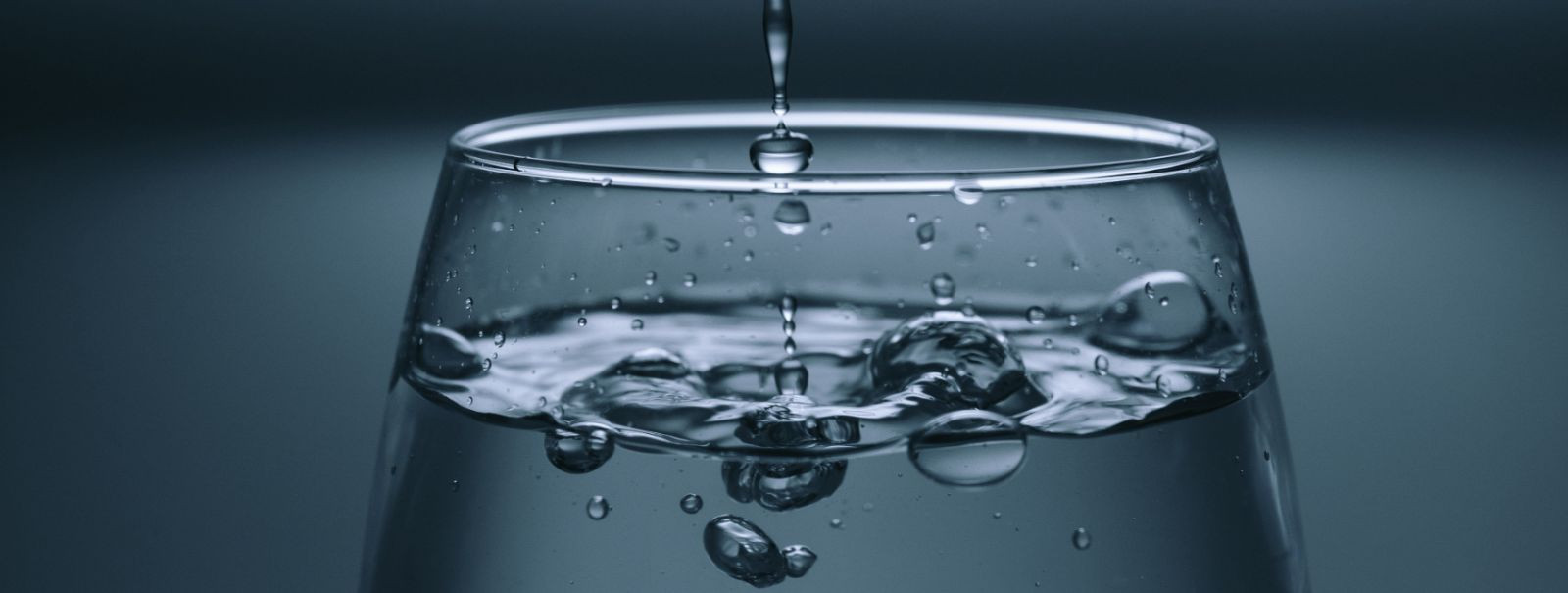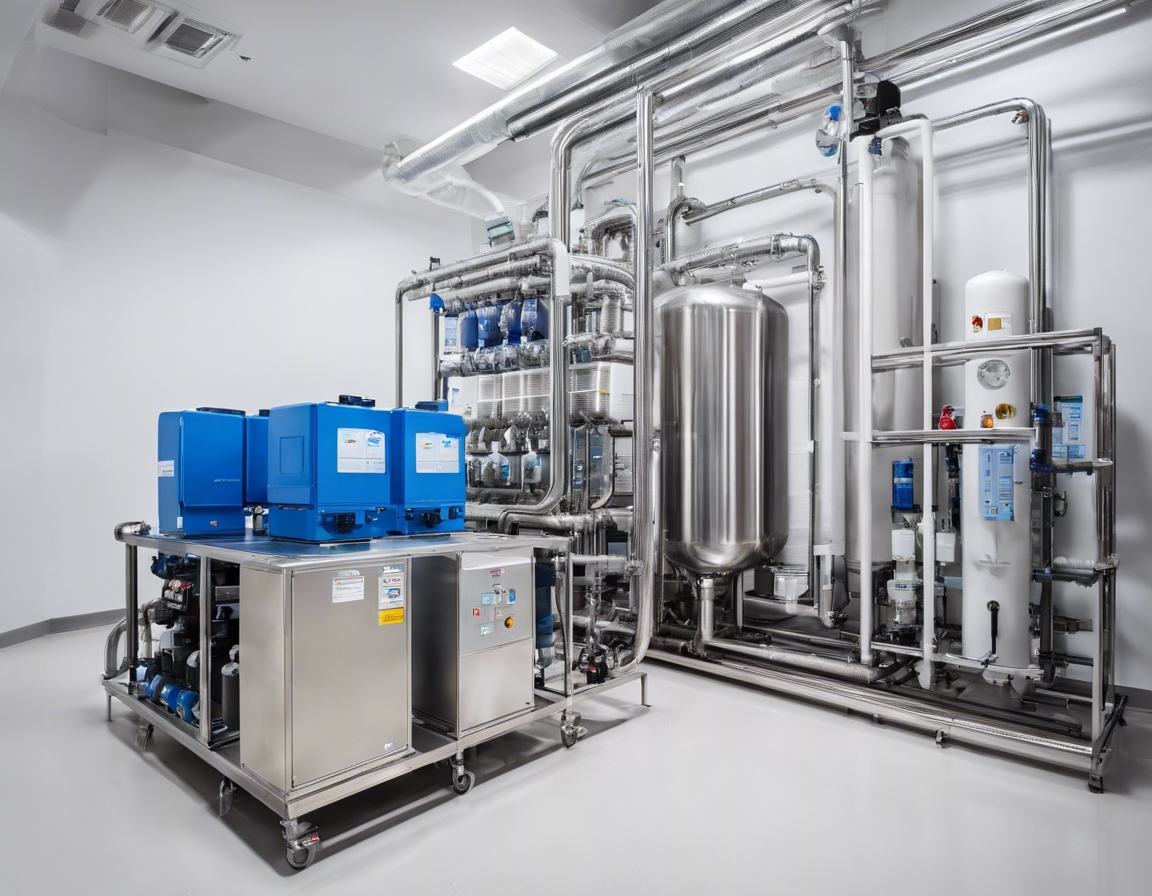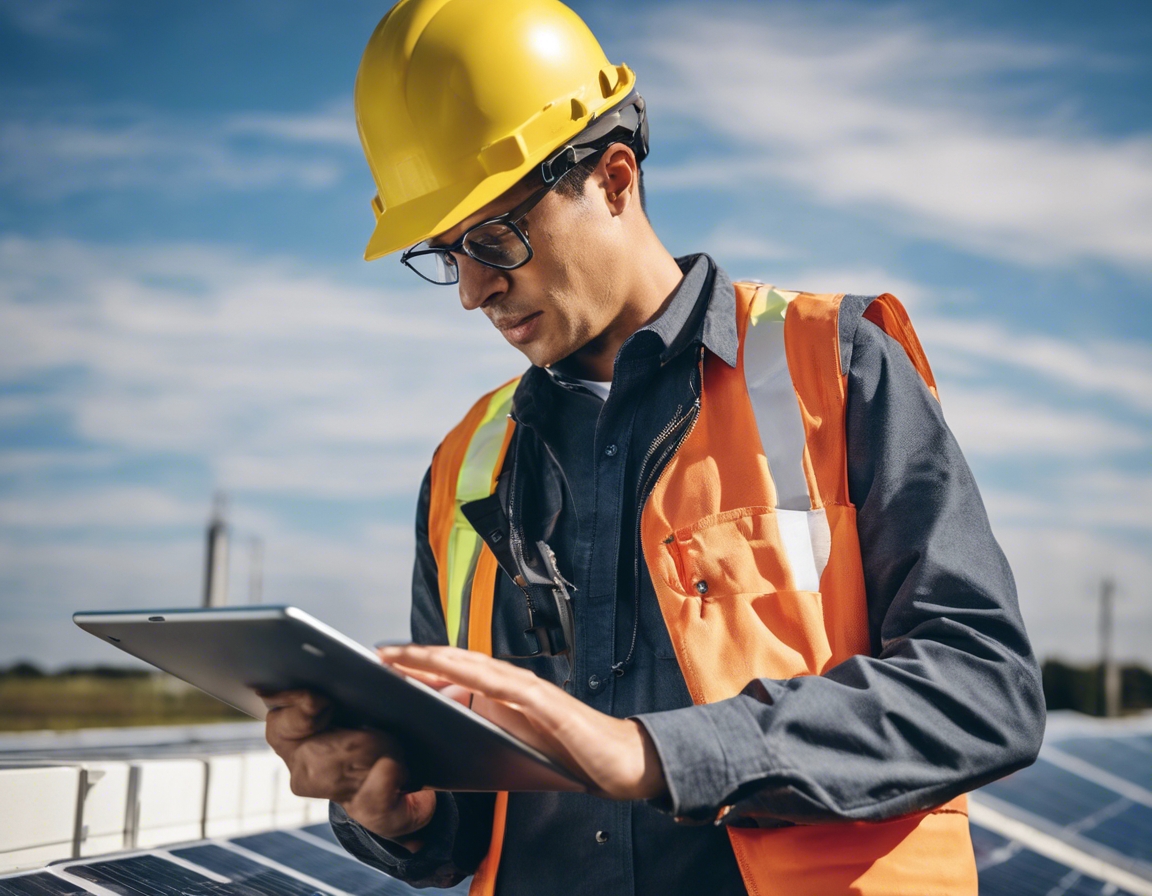5 ways advanced aeration can boost your water quality
Aeration is a critical process in water treatment that involves introducing air into water to increase oxygen saturation. This process is essential for maintaining the health of aquatic ecosystems and ensuring the quality of water for various uses. Aeration can be achieved through several methods, including mechanical, diffused, and surface aeration, each with its own set of advantages.
Advanced aeration systems represent the cutting-edge of technology in water treatment. They are designed to maximize efficiency, control, and adaptability, providing superior water quality outcomes for government bodies, industrial sectors, and large-scale agricultural enterprises.
Enhanced Oxygenation for Improved Water Clarity
Oxygenation is the process of increasing the dissolved oxygen levels in water. This is crucial for the survival of aerobic organisms and for the prevention of anaerobic conditions that can lead to unpleasant odors and the proliferation of harmful bacteria.
Enhanced oxygen levels in water bodies lead to clearer water by supporting aerobic bacteria that break down organic matter. This results in reduced turbidity and the prevention of eutrophication, a process where water bodies become overly enriched with nutrients, leading to excessive plant growth and oxygen depletion.
Reduction of Harmful Contaminants
Aeration can help remove a variety of contaminants, including volatile organic compounds (VOCs), certain heavy metals, and gases like hydrogen sulfide, which are known to be harmful to both human health and the environment.
Through the process of volatilization, aeration encourages the release of these contaminants from the water into the atmosphere. Additionally, increased oxygen levels can transform certain contaminants into less harmful substances through oxidation reactions.
Odor and Algae Control Through Aeration
Stagnant water with low oxygen levels is a breeding ground for odors and algal blooms. These issues are not only a nuisance but can also pose significant health risks and ecological impacts.
Advanced aeration systems disrupt the stagnant conditions and supply the necessary oxygen to aerobic bacteria, which outcompete algae for nutrients and thus control algal blooms. Additionally, aeration can help break down odor-causing compounds, significantly improving water quality.
Energy Efficiency and Cost Savings
Not all aeration systems are created equal. Advanced aeration technologies are designed to be more energy-efficient than traditional methods, which can lead to significant cost savings over time.
While the initial investment in advanced aeration systems may be higher, the long-term savings in energy consumption and maintenance costs, as well as the potential for increased production in industrial and agricultural applications, make them a financially sound choice.
Compliance with Environmental Regulations
Water quality standards are becoming increasingly stringent globally, and non-compliance can result in hefty fines and reputational damage. Advanced aeration systems can help entities meet these standards by effectively managing water quality.
By employing advanced aeration technologies, organizations can ensure they are not only meeting but often exceeding environmental regulations, positioning themselves as leaders in environmental stewardship and sustainable operations.






Comments (0)